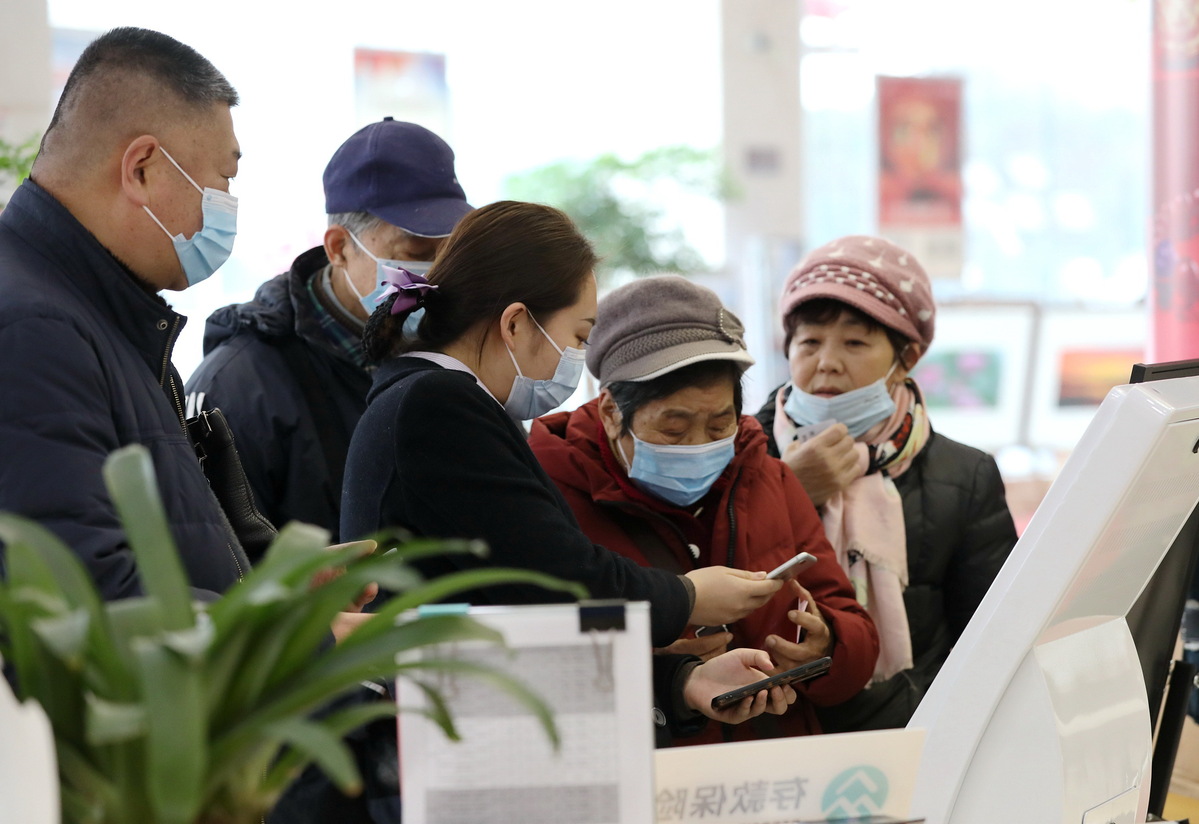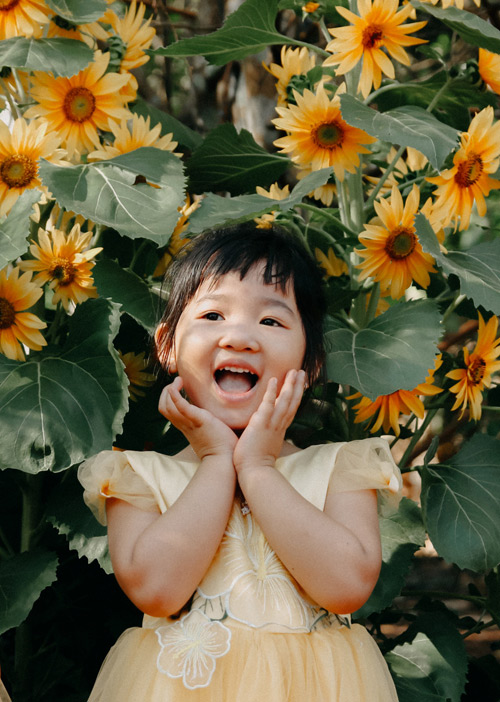双语新闻播报(May 26)
chinadaily.com.cn 2023-05-26 17:51

> China continues to raise basic pension payments for retirees
2023年退休人员基本养老金上调3.8%

China announced Monday that it will raise the basic pension payments for retirees in 2023, marking the 19th consecutive annual increase.
人社部、财政部22日发布《关于2023年调整退休人员基本养老金的通知》,这是国家第19年连续上调退休人员基本养老金。
The average monthly payment for pensioners of enterprises, government agencies and public institutions is set to be lifted by 3.8 percent from the 2022 level, according to a circular jointly issued by the Ministry of Human Resources and Social Security and the Ministry of Finance.
《通知》明确,从2023年1月1日起,为2022年底前已按规定办理退休手续并按月领取基本养老金的企业和机关事业单位退休人员提高基本养老金水平,总体调整水平为2022年退休人员月人均基本养老金的3.8%。
Last year, China raised basic pension payments for retirees by 4 percent from level of the previous year.
2022年,我国基本养老金总体调整水平为2021年退休人员月人均基本养老金的4%。
China has put elderly care high on its agenda as it copes with an ageing population.
在应对人口老龄化的过程中,我国已经把老年人照护放在重要位置。
Official data showed that by the end of 2022, the number of Chinese people aged 60 or above had surpassed 280 million, accounting for 19.8 percent of the country's total population.
官方数据显示,到2022年底,中国60岁及以上人口已超过2.8亿,占全国总人口的19.8%。
The country has recently released a set of guidelines to facilitate the building of a "basic elderly care system" amid efforts to pursue a proactive national strategy regarding population ageing and ensure equitable access to public services.
我国近日发布了《关于推进基本养老服务体系建设的意见》,实施积极应对人口老龄化国家战略,实现基本公共服务均等化。
>Many Japanese turn to smile instructors to learn how to smile again after COVID
摘下口罩后 日本人报班学习如何微笑

After wearing masks in public for three long years, many Japanese citizens are signing up for smiling classes to learn how to smile again without looking awkward.
在公共场合戴了长达三年的口罩后,许多日本人都报了微笑培训班,学习如何看起来自然地微笑。
Smiling used to be a natural response, but apparently, three years of hiding behind a mask have left many Japanese unable to smile naturally.
微笑原本是自然反应,但显然在戴了三年口罩后,许多日本人已经不会自然地微笑了。
Some of them are now paying so-called smiling educators to teach them how to display their pearly whites again without looking awkward.
有些人现在付费给所谓的微笑培训师,让他们来教自己如何再次展露看上去自然的笑颜。
They participate in specialized classes where they are taught how to stretch and flex various parts of their faces and even their neck muscles to smile properly and actually convey happiness without looking weird.
他们参加专业课程来学习如何伸展和绷紧脸部的不同部位甚至颈部肌肉来绽放自然的笑容,看上去快乐又不会显得奇怪。
"A smile is only a smile if it’s conveyed,” Keiko Kawano, a radio personality-turned-entrepreneur, told The Japan Times. “Even if you’re thinking about smiling or that you’re happy, if you have no expression, it won’t reach the audience.”
曾是广播名人的企业家川野惠子告诉《日本时报》:“笑容只有表现在脸上才能算是笑容。即使你心里想微笑或你很快乐,如果你面无表情,观众也不会知道你在笑。”
Kawano said that she has taught smiling classes to around 4,000 people so far and has also helped train around 700 certified “smile specialists” since she started her work in 2017.
川野说,迄今为止她已经给约4000人上了微笑培训课,而且自从2017年开始从事微笑培训以来,已经帮助培训了约700名获得认证的“微笑专家”。
However, demand for her services has skyrocketed recently after people started giving up the medical masks they have been wearing for the last 3 years.
然而,自从人们开始摘下戴了三年的医用口罩后,最近她的这一服务需求量暴增。
"I’ve heard from people who say that even if they’re able to remove their masks, they don’t want to show the bottom half of their faces, or that they don’t know how to smile anymore,” smile trainer Miho Kitano said. “Some say that they see more wrinkles around their eyes after using them more to smile, or they feel like their face is drooping because they haven’t been using it as much as before.”
微笑培训师北野美穗说:“我听人们说,他们即使能摘下口罩,也不愿意露出自己的下半张脸,因为他们已经不知道怎么笑了。有些人说,他们在笑的时候会更多地用到眼部肌肉,结果在眼角看见了更多皱纹,还有人说,因为他们不像以前那样经常笑,所以觉得自己的脸部肌肉开始下垂。”
Smiling instructors like Kitano claim that exercising one’s smile is just like training other parts of the body.
北野和其他微笑培训师表示,训练如何微笑就和训练身体其他部位一样。
It’s all about the muscles, so exercising the expressive facial muscles is the most important thing.
微笑就是肌肉运动,因此训练富于表现力的面部肌肉是最重要的。
A standard smiling education class begins with a stretching session, after which participants are asked to pick up small handheld mirrors and observe themselves as they follow the instructions of a trainer who teaches them how to flex their facial muscles to convey the warmest and brightest expression of happiness possible.
一节标准的微笑培训课是以伸展运动开始的,然后培训师会让参与者拿起一把手持小镜子一边观察自己,一边按照培训师的指令来伸展面部肌肉,尽可能呈现出最温暖最明亮的快乐笑容。
Interestingly, instructional smiling classes have been a part of Japanese culture for several decades, because of the people’s notorious difficulty to convey their feelings through facial expressions, but they’ve once again risen in popularity after the Covid-19 pandemic restrictions were lifted.
有趣的是,微笑培训课作为日本文化的一部分已经有几十年的历史了,因为众所周知日本人难以通过面部表情来传达自己的感受。在新冠疫情限制措施解除后,微笑培训课又再次流行了起来。
Find more audio news on the China Daily App.

















 英语点津微信
英语点津微信 双语小程序
双语小程序